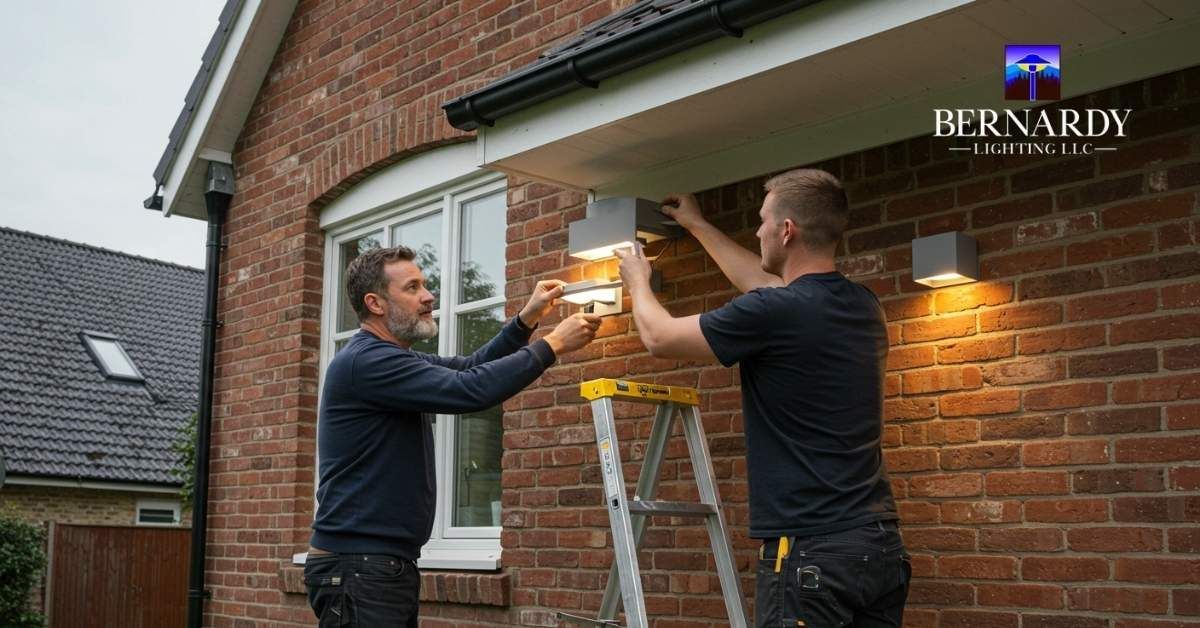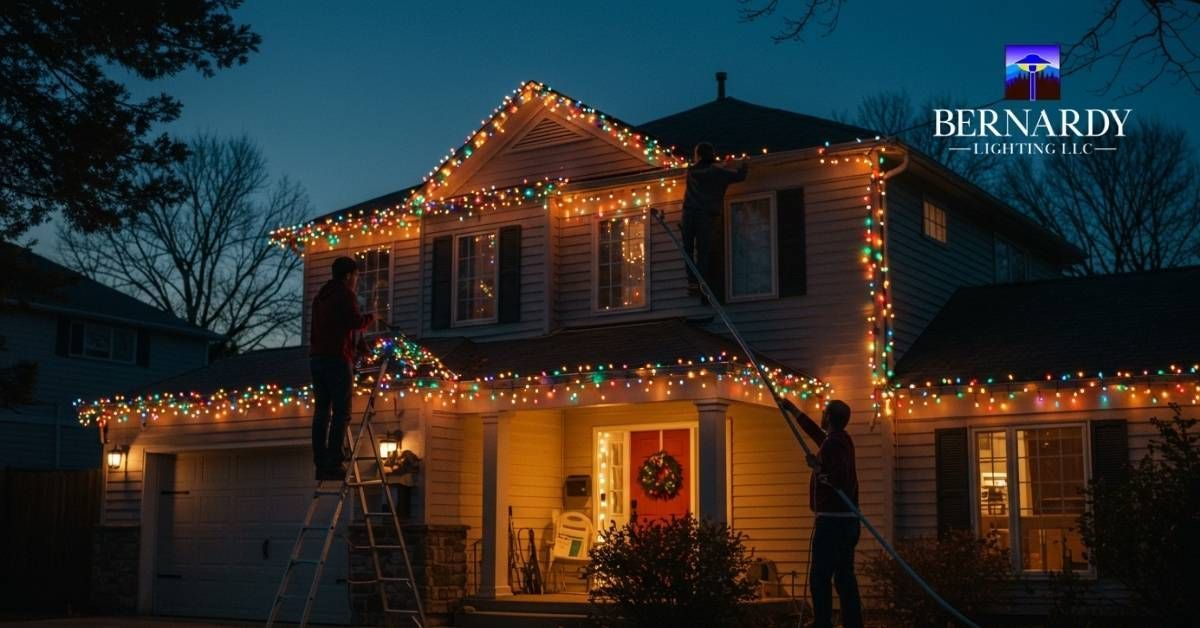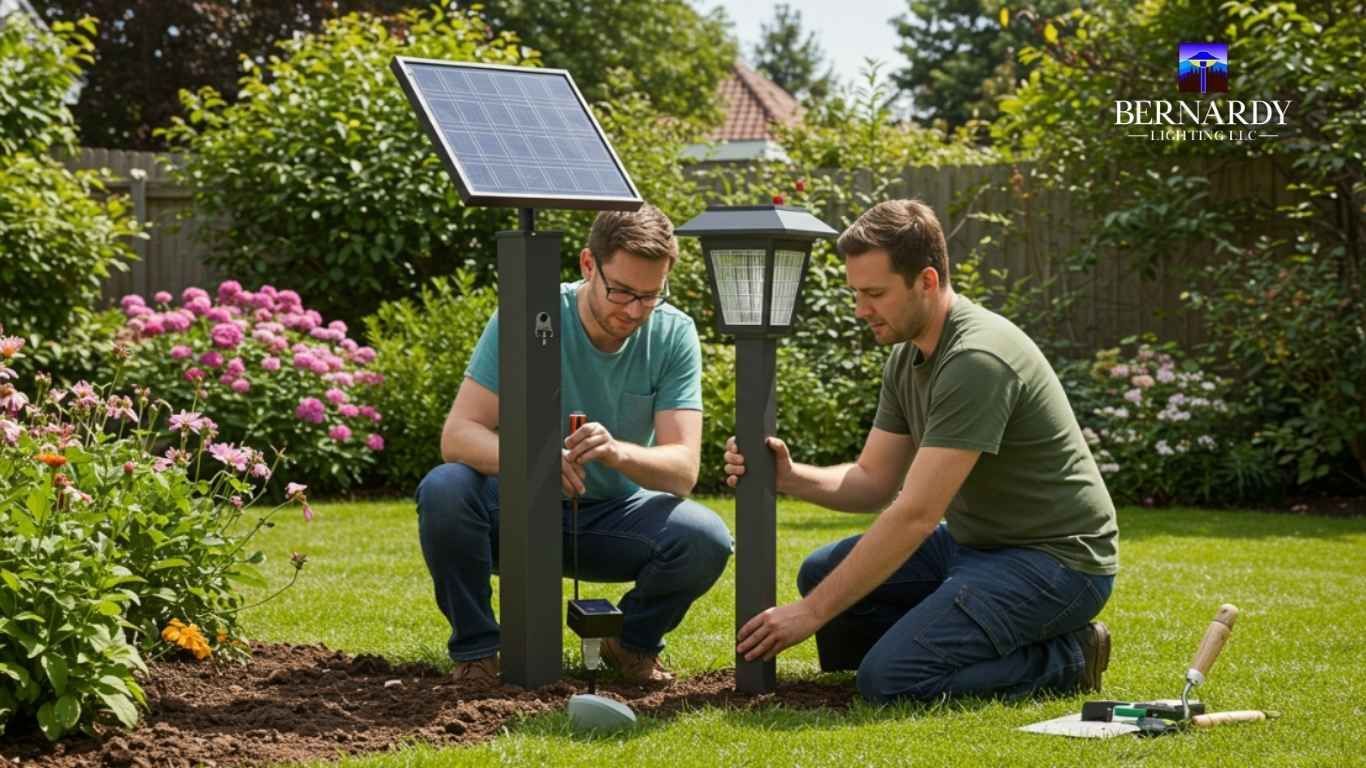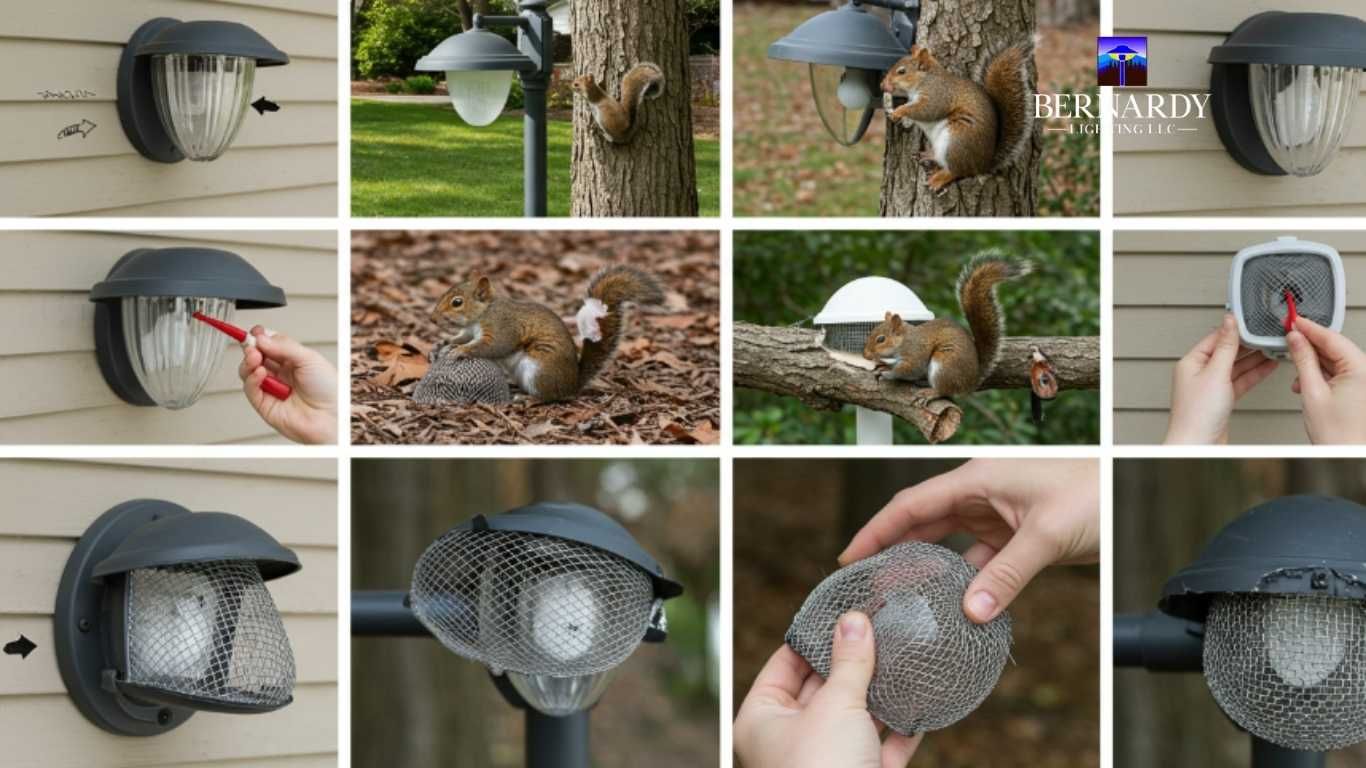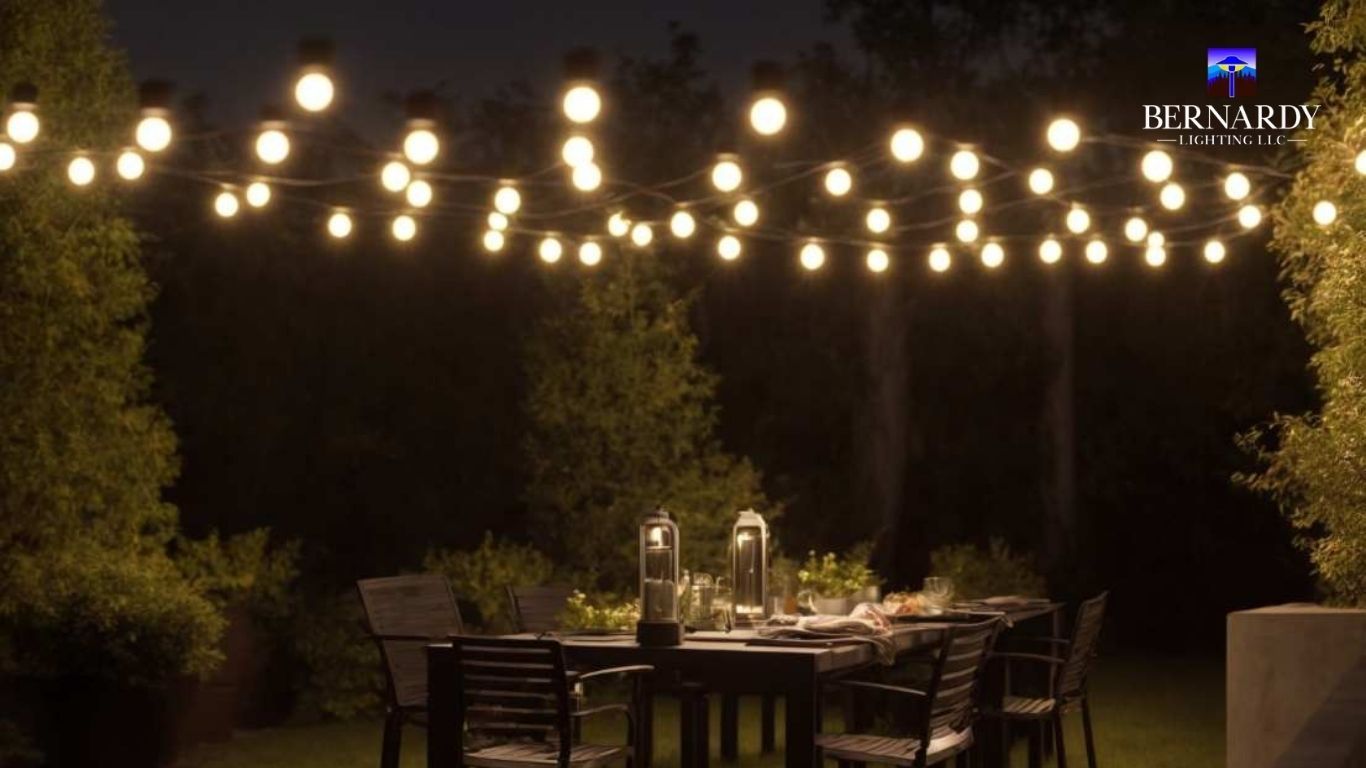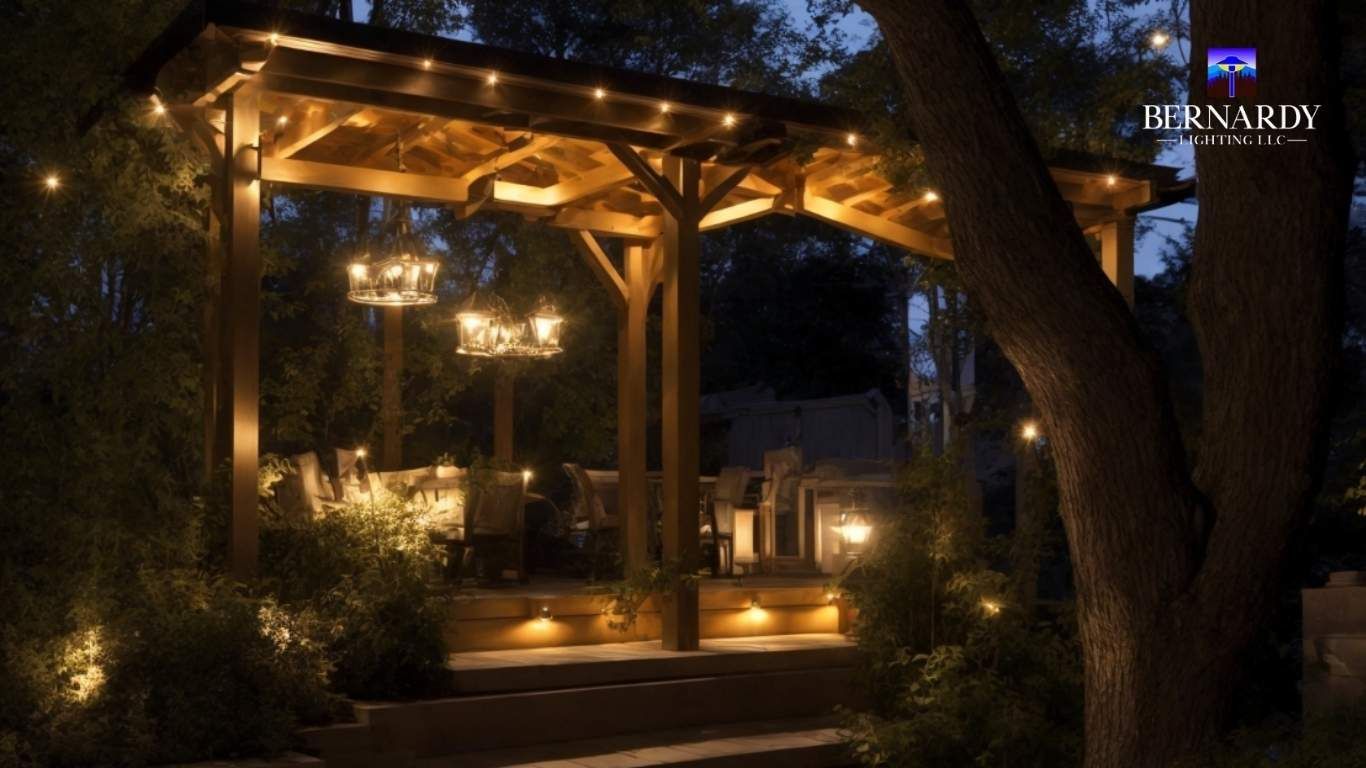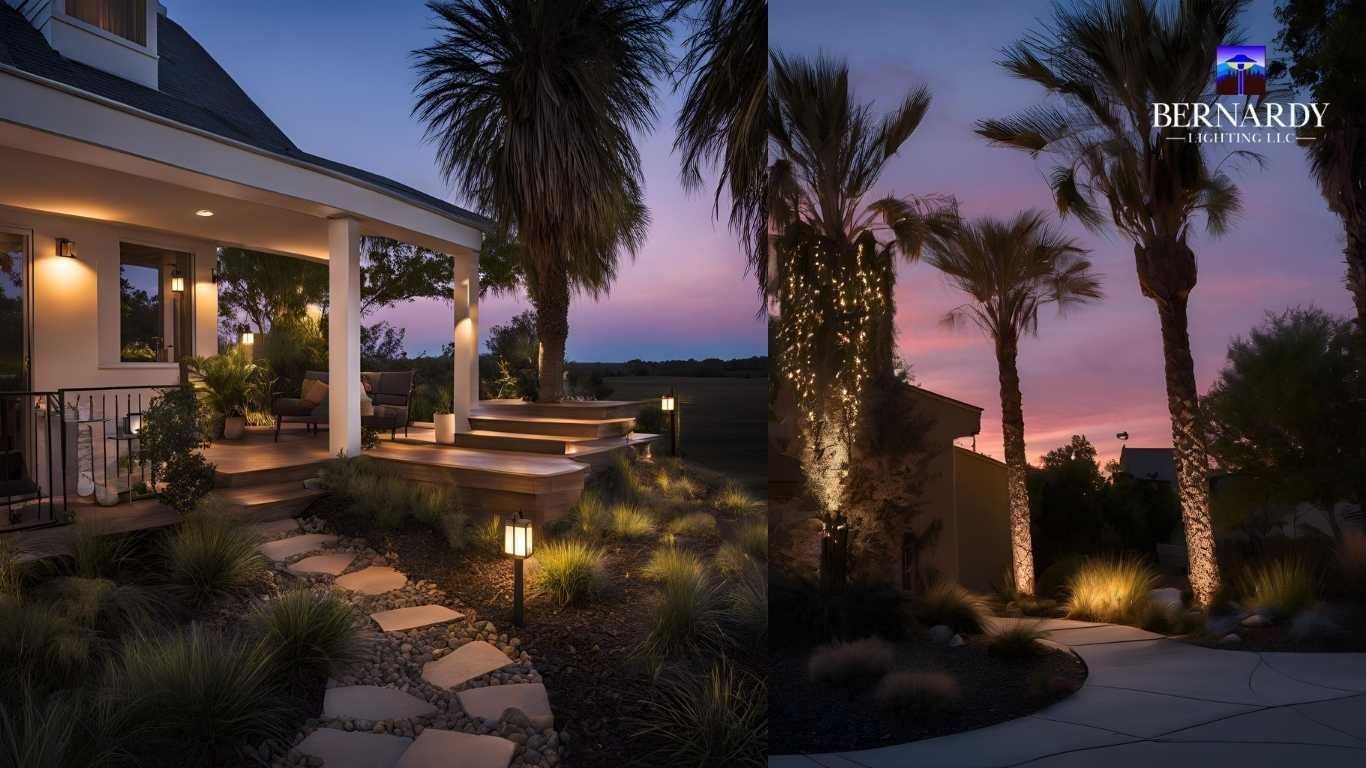What Wattage for Outdoor Lights?
When it comes to outdoor lighting, choosing the right wattage is crucial for both functionality and aesthetics. Whether you're illuminating a pathway, highlighting architectural features, or creating a festive ambiance, the wattage of your outdoor lights plays a significant role in achieving the desired effect. In this guide, we'll explore the ins and outs of wattage for outdoor lights, helping you make informed decisions for your home or business.
Understanding Wattage and Brightness
Wattage is a measure of power consumption, indicating how much energy a light bulb uses. In traditional incandescent bulbs, higher wattage typically means more brightness. However, with the advent of LED technology, the relationship between wattage and brightness has evolved. LEDs are more energy-efficient, providing more lumens (a measure of brightness) per watt compared to traditional bulbs.
Lumens: The Measure of Brightness
While wattage indicates power consumption, lumens measure the actual brightness of a light. For example, a 9-watt LED bulb can produce the same lumens as a 60-watt incandescent bulb. This means that when selecting outdoor lights, focusing on lumens rather than wattage can help you achieve the desired brightness while using less energy.

Types of Outdoor Lights and Their Wattage Needs
Different types of outdoor lights serve various purposes, and their wattage requirements vary accordingly. Here's a breakdown of common outdoor lighting types and their typical wattage ranges:
1. Pathway Lights
Pathway lights are designed to provide soft, ambient lighting along walkways, driveways, and garden paths. They typically require 4-6 watts for a gentle glow that guides visitors safely without being overly harsh. These lights are often used in series, so their combined wattage should still maintain a subtle ambiance.
2. Spotlights
Spotlights are used to highlight specific features such as trees, statues, or architectural elements. They usually require 9-12 watts to provide a focused beam of light. Spotlights are ideal for creating dramatic effects and drawing attention to particular areas of your outdoor space.
3. Floodlights
Floodlights are designed to illuminate larger areas, such as driveways, yards, or parking lots. They typically require 12-20 watts to provide broad, intense lighting. Floodlights are essential for security purposes and can also be used to light up outdoor recreational areas.
4. String Lights
String lights are popular for their decorative appeal and are often used during holidays or special events. They generally use 2-4 watts per bulb, creating a warm and festive ambiance without consuming excessive energy. String lights are versatile and can be used in various outdoor settings, from patios to gardens.
5. Decorative Lights
Decorative lights come in a variety of styles and are used to enhance the aesthetic appeal of outdoor spaces. Their wattage can range from 2-8 watts, depending on the desired effect. Decorative lights can be used to create intricate designs, patterns, or themes, making them a popular choice for outdoor events and celebrations.
Energy-Efficient Alternatives: LED Wattage Equivalents
LEDs are revolutionizing outdoor lighting. They use up to 75% less energy than incandescent bulbs while lasting much longer. Here's a quick comparison:
- 40W incandescent = 4-6W LED
- 60W incandescent = 8-12W LED
- 75W incandescent = 13-15W LED
- 100W incandescent = 16-20W LED
Switching to LED not only saves energy but also gives you more control over your lighting design.

LED Lighting vs. Traditional Bulbs
LED (Light Emitting Diode) technology has revolutionized outdoor lighting by offering significant advantages over traditional incandescent bulbs. Here are some key differences:
1. Energy Efficiency
LEDs are far more energy-efficient than traditional bulbs. They consume less wattage while producing the same or greater lumens. For example, a 9-watt LED bulb can produce the same brightness as a 60-watt incandescent bulb, making LEDs a cost-effective and environmentally friendly choice.
2. Brightness and Color Temperature
LEDs offer a wide range of color temperatures, from warm white (2700K-3000K) to cool white (3500K-5000K). Warm white LEDs create a cozy, inviting ambiance, while cool white LEDs provide brighter, more energizing light. This versatility allows you to choose the perfect tone for your outdoor space.
3. Lifespan
LED bulbs have a significantly longer lifespan compared to traditional bulbs. While incandescent bulbs may last for around 1,000 to 2,000 hours, LEDs can last up to 50,000 hours or more. This extended lifespan reduces the need for frequent replacements, making LEDs a convenient choice for outdoor lighting.
Voltage Systems: 12V vs. 120V
Outdoor lighting systems typically operate on either 12-volt or 120-volt power. Understanding the differences between these systems is essential for safe and effective installation.
1. 12V Systems
12-volt systems are commonly used for low-voltage outdoor lighting. They are safer and easier to install, as they operate at a lower voltage, reducing the risk of electrical shock. 12V systems are ideal for residential outdoor lighting, including pathway lights, spotlights, and decorative lights.
2. 120V Systems
120-volt systems are used for higher-power outdoor lighting applications, such as floodlights and security lights. These systems require professional installation to ensure safety and compliance with local electrical codes. While they provide more intense lighting, they also consume more energy and pose a higher risk of electrical hazards if not installed correctly.
Color Temperature and Its Impact
Color temperature, measured in Kelvin (K), plays a crucial role in the ambiance and functionality of outdoor lighting. Here's a breakdown of common color temperatures and their effects:
1. Warm White (2700K-3000K)
Warm white light creates a cozy, inviting atmosphere reminiscent of traditional incandescent bulbs. It is ideal for decorative lighting, such as string lights or pathway lights, where the goal is to create a welcoming ambiance.
2. Cool White (3500K-4100K)
Cool white light is brighter and more energizing, making it suitable for task-oriented lighting. It is often used for spotlights and floodlights, where the primary purpose is to provide visibility and security.
3. Daylight (5000K-6500K)
Daylight bulbs mimic natural daylight and are the coolest and brightest option. They are ideal for areas that require maximum illumination, such as parking lots or large outdoor spaces.
Energy Efficiency and Lifespan
Energy efficiency and lifespan are critical considerations when selecting outdoor lights. Here's how these factors impact your choice:
1. Energy Consumption
Lower wattage generally means lower energy consumption. By choosing LED bulbs with lower wattage, you can significantly reduce your electricity bills while maintaining or even increasing brightness. However, it's important to ensure that the chosen wattage still meets your lighting needs.
2. Lifespan
As mentioned earlier, LED bulbs have a much longer lifespan compared to traditional bulbs. While they may have a higher upfront cost, their extended lifespan and energy efficiency make them a cost-effective choice in the long run.
Local Regulations and HOA Rules
Before installing outdoor lights, it's essential to check local regulations and Homeowners Association (HOA) rules. Some areas may have restrictions on the brightness, color, or type of outdoor lighting to maintain neighborhood aesthetics or reduce light pollution. Ensuring compliance with these regulations can avoid potential fines or disputes.
Planning Your Lighting Layout
Proper planning is key to achieving an effective and visually appealing outdoor lighting setup. Here are some tips for planning your lighting layout:
1. Determine the Purpose
Start by identifying the purpose of your outdoor lighting. Are you looking to enhance safety, create ambiance, or highlight specific features? Different purposes may require different types of lights and wattages.
2. Create a Diagram
Sketch a diagram of your outdoor space, marking areas where lighting is needed. Consider the placement of pathway lights, spotlights, and floodlights to ensure comprehensive coverage without over-lighting.
3. Avoid Over-Lighting
While it's important to provide adequate lighting, over-lighting can be harsh and unappealing. Aim for a balanced setup that provides sufficient illumination without overwhelming the space.
4. Consider Energy Efficiency
Incorporate energy-efficient options, such as LED bulbs, to reduce energy consumption and lower your electricity bills. Consider the wattage and lumens required for each area to make informed decisions.
Professional Guidelines and Best Practices
To ensure a professional and effective outdoor lighting setup, consider the following guidelines and best practices:
1. Hire a Professional
If you're unsure about the installation or design of your outdoor lighting, consider hiring a professional. Experts can provide valuable insights and ensure that your lighting setup is both functional and aesthetically pleasing.
2. Follow Safety Guidelines
Always follow safety guidelines when installing outdoor lighting. Ensure that all electrical connections are secure and avoid overloading circuits. For 120V systems, professional installation is highly recommended.
3. Regular Maintenance
Regularly inspect and maintain your outdoor lighting system to ensure optimal performance. Replace burned-out bulbs, clean fixtures, and check for any signs of wear or damage.
4. Consider Smart Lighting
Smart lighting systems allow you to control your outdoor lights remotely, adjusting brightness, color, and schedules with ease. This technology can enhance convenience, energy efficiency, and security.
Conclusion
Choosing the right wattage for outdoor lights is a crucial step in creating a functional and visually appealing outdoor space. By understanding the relationship between wattage and brightness, selecting the appropriate type of light for your needs, and considering factors such as energy efficiency and color temperature, you can design an outdoor lighting setup that meets both practical and aesthetic goals.
Whether you're illuminating a pathway, highlighting architectural features, or creating a festive ambiance, the right wattage ensures that your outdoor lights perform effectively while maintaining energy efficiency. Remember to plan carefully, consider local regulations, and seek professional advice when needed to achieve the best results for your outdoor lighting project.

Contact Details
All Rights Reserved | Bernardy Lighting

